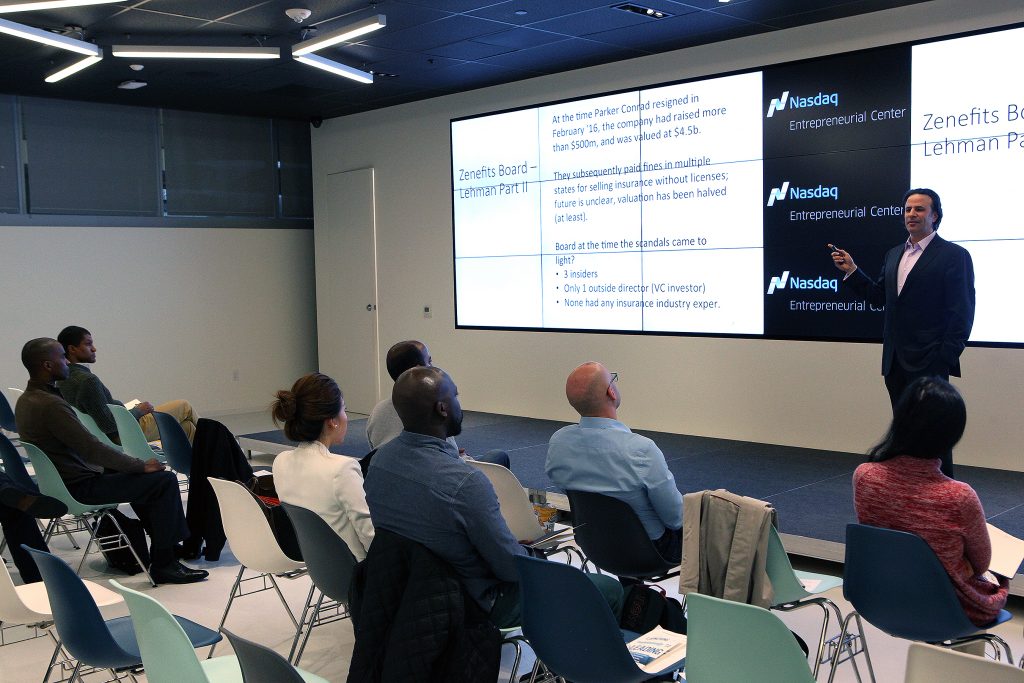I’ve lived through quite a few periods of market dislocation. I’m not sure what’s more interesting about them: why they happen, or how people tend to view them after the fact.
We innately tend to have buoyant recollections of the runups and melancholy perceptions of the selloffs.
What’s not to like about the rooftop parties with open bars, whole office floors with free morning espressos and lunchtime sushi, and the never-ending, high-quality swag?
Our version of capitalism doesn’t tend to frown upon upwardly disconnected stock multiples because – as a mentor of mine used to routinely admonish – the US equities market is long-biased.
But here’s the thing I’ve been reminded of almost daily in 2023; the aftershocks of boom/bust cycles can be insidious long after the commentary fades.
During the height of COVID, equities rose more hyperbolically than San Francisco office vacancies. The best example? Even unprofitable, slow-growing micro- and small-cap stocks climbed vertically on unprecedented volume day after day.
Let’s first be clear about what’s great about times like those in small-cap land. First, stock and option holders can (and should) giddily hit the proverbial bid. And, unprofitable companies can (and should) raise as much growth capital as possible.
Here’s what’s bad about alpine-looking small-cap stock charts:
- The money you made from stock sales was certainly real, but the stratospheric valuation (apologies for the frankness, here) had virtually nothing to do with your products, services, or leadership team;
- Your valuation is probably not returning there soon;
- For some small-caps, it might never return there; and
- If you were deservedly unsure of your operations and capital markets acumen in 2019, you… still should be. (See first bullet).
I can’t tell you how many conversations I’ve had so far this year with small-caps that start off with the CEO saying, “Well, you know, Adam, we’re really a mid-cap stock, so…”
My reaction is always the same and not, shall we say, super popular. “Well, respectfully, you’re a small-cap stock that went through a short period of time when your stock inexplicably rose 4-5x and then reverted to its multi-year mean. You know, like almost all your peers.”
Here’s why all of this matters.
For small-cap officers and directors to succeed over time, they need to traffic relentlessly in reality. I’m talking about the type of unvarnished truth we get looking in an early morning mirror under fluorescent lights.
The great tide-rising event during COVID in the small-cap equities market was situationally great but systemically fraught.
I’ve been conversing weekly with small-cap leaders who are unwittingly in the process of finding out just how fraught.
In fact, it might yet prove lethal for those officers and directors who fail to heed the sage adage, “Don’t confuse brains with a bull market.”
The fix?
Banish the ebullient high-water mark from your company’s collective consciousness and return to the moribund hand-to-hand combat that characterizes long-term small-cap value creation.



